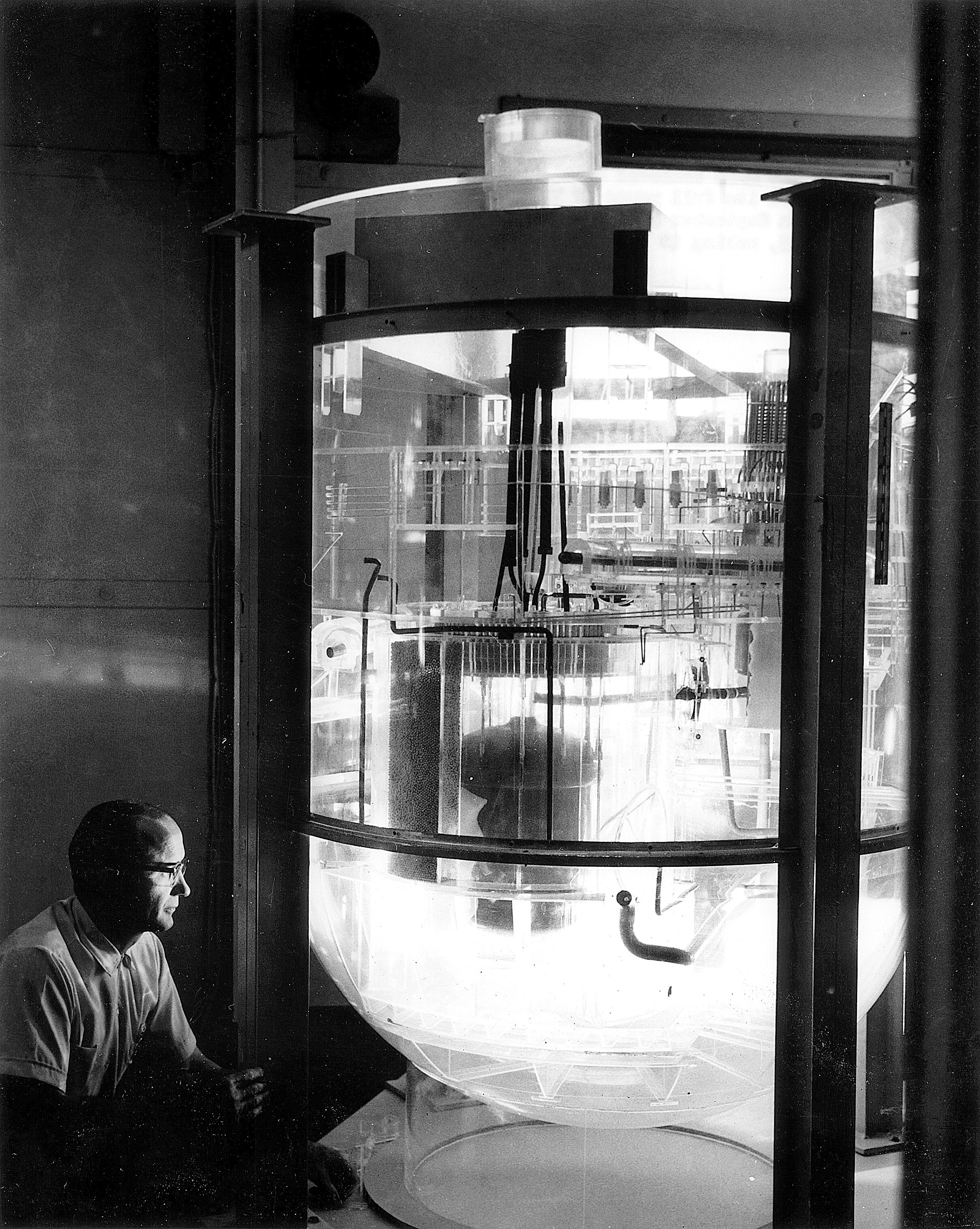‘It looks like there is finally some real momentum in this technology’
Will the thorium reactor finally get off the ground? Professor of Reactor Physics Jan-Leen Kloosterman has high expectations of recent developments in China.
There is great potential: an almost inexhaustible fuel source, minimal safety issues, and no carbon dioxide emissions. While people have talked about it for years, a reactor that works on molten salt and thorium is now developing fast. A thorium reactor is quickly getting off the ground close to the city of Wuwei in China. It is due to become operational next year. At first it will run on uranium, but the hope is that later versions will also run on thorium.
For 15 years now, Professor of Reactor Physics Jan-Leen Kloosterman has researched thorium molten salt reactors, also called Thorium MSR (molten salt reactor). He is pleased with the news from China. “It looks like there is now real momentum for this technology. Hopefully European countries will also see how promising this technique is and that money needs to be pumped into it.” Kloosterman says that China is investing EUR 500 million in the test reactor that is now under construction. In Europe, only a fraction of this amount is being pumped into the technology.
The disadvantage of the recent developments in China is that his Chinese colleagues, with whom Kloosterman has close contact, are playing their cards close to their chest. “They are keeping their knowledge to themselves.”
The fuel (thorium) in the Thorium MSR is dissolved in a liquefied salt of lithium fluoride or lithium-beryllium fluoride that is simultaneously used as a coolant. The pressure in the reactor is low. The idea is that if there is a leak, the fuel and the coolant will flow out of the reactor, causing the reactions in the reactor to cease. The reactor does not produce long-lasting radioactive waste. Instead of being hazardous for many tens of thousands of years, the waste is only hazardous for about 300 years. It can also clear away the existing waste of nuclear power plants and nuclear weapons and convert it into energy.
The technology behind the molten salt reactor is not new. Its inventor, Alvin Weinberg, had an operational MSR from 1965 to 1969 in the Oak Ridge National Laboratory in the United States. The Weinberg reactor appeared to be very promising, yet the project was halted. One of the reasons for this was that during the energy crisis, people wanted to quickly introduce nuclear energy and light water reactors that run on uranium were immediately available.
But the technology is now resurging. Kloosterman hopes that molten salt reactors will be built in more places on earth. They will initially need to run on uranium as there are still some technical obstacles that need to be overcome. One of these is the efficient purification of the salt. Just as with dialysis for kidney patients, the molten salt solution needs to be cleaned continuously – and the fission products removed – and returned to the reactor core after the addition of thorium and other substances. “This process still needs to be improved,” says Kloosterman. This is one of the aspects that he and his colleagues are researching. “We are also seeing if the materials in the innermost part of the reactor core can handle the harsh conditions there.”
